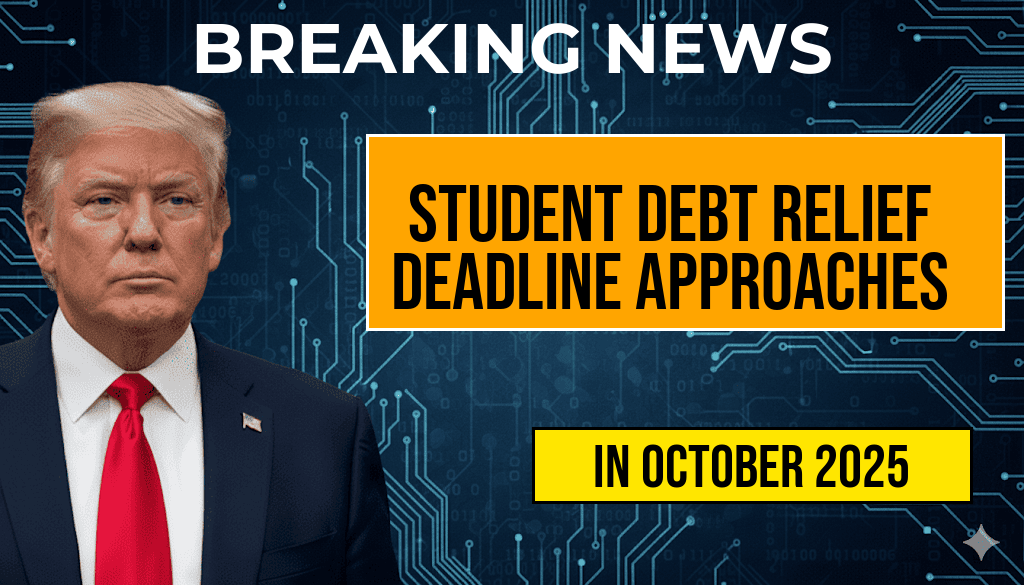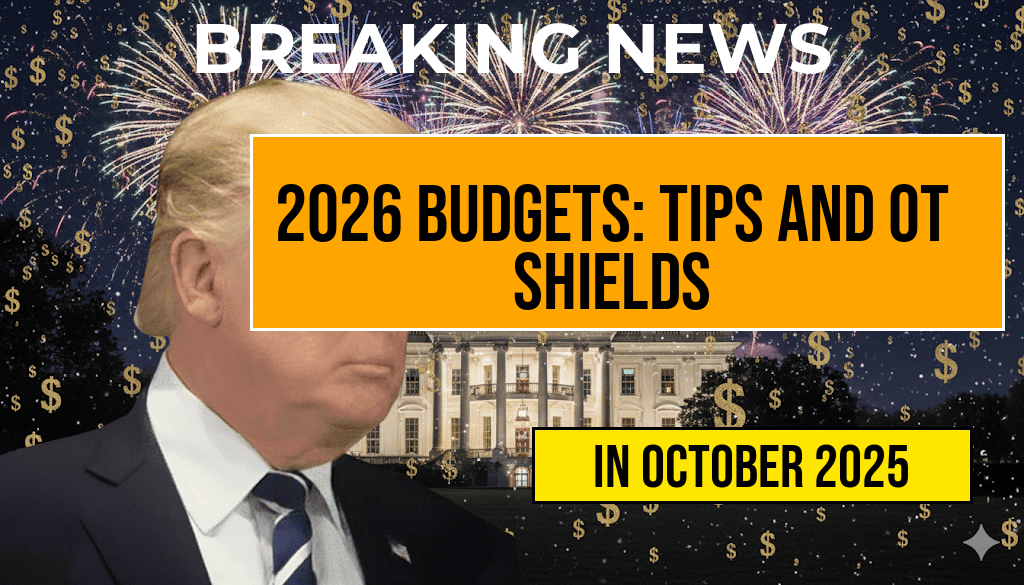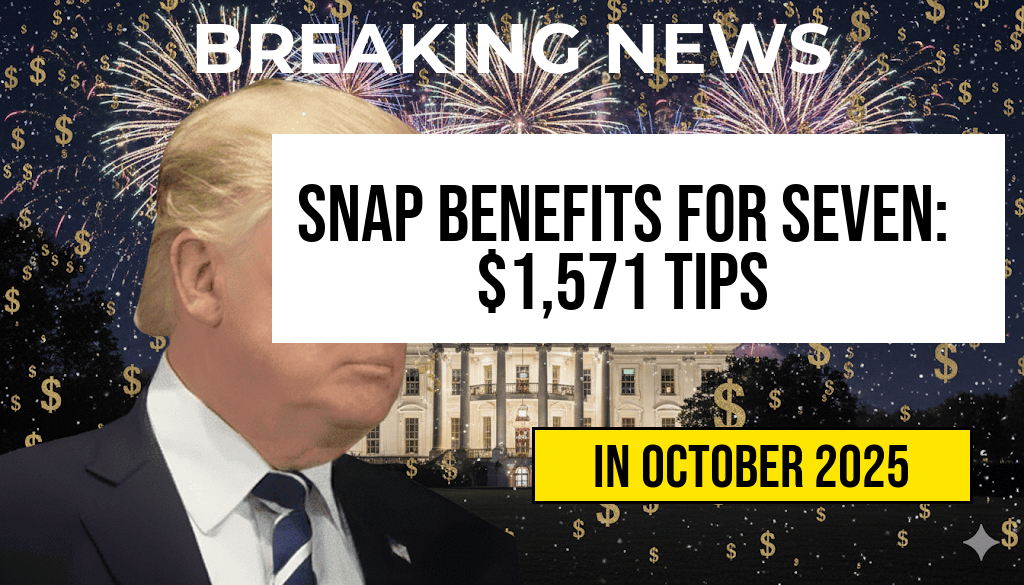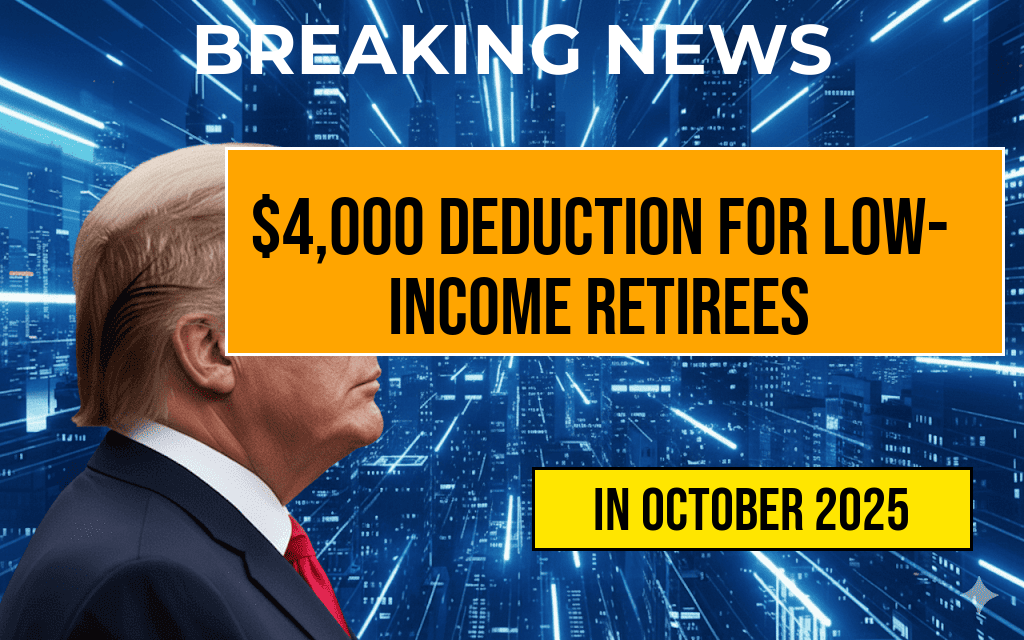The deadline for student debt forgiveness is fast approaching, and borrowers are urged to act quickly as the window for significant relief narrows. Student loan borrowers may qualify for up to $20,000 in relief under a program initiated by the Biden administration, but this opportunity will soon be impacted by tax implications. Beginning January 1, 2024, any canceled student debt will be treated as taxable income, which could have considerable financial repercussions for millions. With concerns growing over the expiration of this relief and the potential tax burden, borrowers are encouraged to stay informed and take necessary actions before the year ends.
Understanding the Student Debt Relief Program
The Biden administration’s student debt relief program aims to alleviate the financial burden of student loans for eligible borrowers. The program offers up to $20,000 in forgiveness for federal student loans for those who qualify, particularly targeting low- to middle-income individuals. However, the program has faced legal challenges that may affect its implementation and availability.
Who Qualifies for Relief?
- Borrowers with federal student loans.
- Individuals earning less than $125,000 per year, or couples earning less than $250,000.
- Recipients of Pell Grants are eligible for up to $20,000 in forgiveness, while others can receive up to $10,000.
Tax Implications of Canceled Debt
The most pressing concern for borrowers is the upcoming tax consequences associated with canceled student debt. As of January 1, 2024, any amounts forgiven under the relief program will be considered taxable income. This change could significantly affect borrowers, many of whom are already struggling with financial challenges.
What Borrowers Should Know
- Borrowers should consider the potential tax liability when evaluating their total debt relief.
- It is advisable to consult with a tax professional to understand how this change may impact personal finances.
- Planning ahead can help mitigate unexpected financial burdens come tax season.
Strategies to Secure Relief Before the Deadline
Given the implications of the approaching deadline, borrowers are encouraged to take proactive steps to secure their relief. Here are some strategies to consider:
- Apply as soon as possible: The faster borrowers submit their applications for relief, the better their chances of receiving it before the tax implications take effect.
- Stay informed: Regularly check updates from the U.S. Department of Education and trusted news sources to stay abreast of any changes to the program.
- Document everything: Keep thorough records of all communications and submissions regarding student debt relief to ensure a smooth process.
Impact on Borrowers Nationwide
The resumption of tax on canceled student debt could affect millions of Americans. According to estimates, approximately 43 million borrowers hold federal student loans, with many relying on the relief program to ease their financial burdens. The potential tax implications of canceled debt may dissuade some from applying for forgiveness, leading to an even greater financial strain.
Government Responses and Future Outlook
In response to the growing concerns surrounding the student debt relief program, lawmakers are examining the broader implications of student debt in the U.S. economy. Proposed reforms aim to address the underlying issues contributing to rising student debt levels, although significant changes may take time to materialize.
Resources for Borrowers
To assist borrowers in navigating the complexities of student debt relief and tax implications, several resources are available:
- Federal Student Aid – Official resource for information on student loans and relief programs.
- Forbes – Tax Implications of Student Loan Forgiveness – Insights on how forgiven debt may impact taxes.
- U.S. Department of Education – Repayment Options – Information on repayment plans and options available to borrowers.
As the deadline for student debt forgiveness draws near, borrowers must act quickly to take advantage of the current relief opportunities. With the looming tax implications, understanding the program’s details and planning accordingly is crucial for anyone hoping to alleviate their student loan burdens.
Frequently Asked Questions
What is the deadline for student debt forgiveness applications?
The deadline for submitting applications for student debt forgiveness is approaching, with the final date being set for December 31, 2023.
What happens to the $20,000 relief after the deadline?
After the deadline, the $20,000 relief offered to eligible borrowers will no longer be available, meaning those who do not apply by then may miss out on significant debt relief.
Will canceled student loan balances be taxed after January 1?
Yes, starting January 1, 2024, any canceled balances from student debt forgiveness will be subject to tax, which could impact the overall financial benefit for borrowers.
Who is eligible for the student debt forgiveness program?
Eligibility for the student debt forgiveness program typically includes federal student loan borrowers who meet specific income and loan criteria, including those who may qualify for the maximum relief of $20,000.
How can borrowers apply for student debt forgiveness?
Borowers can apply for student debt forgiveness through the official government website or their loan servicer, ensuring they complete the application before the December 31 deadline.




